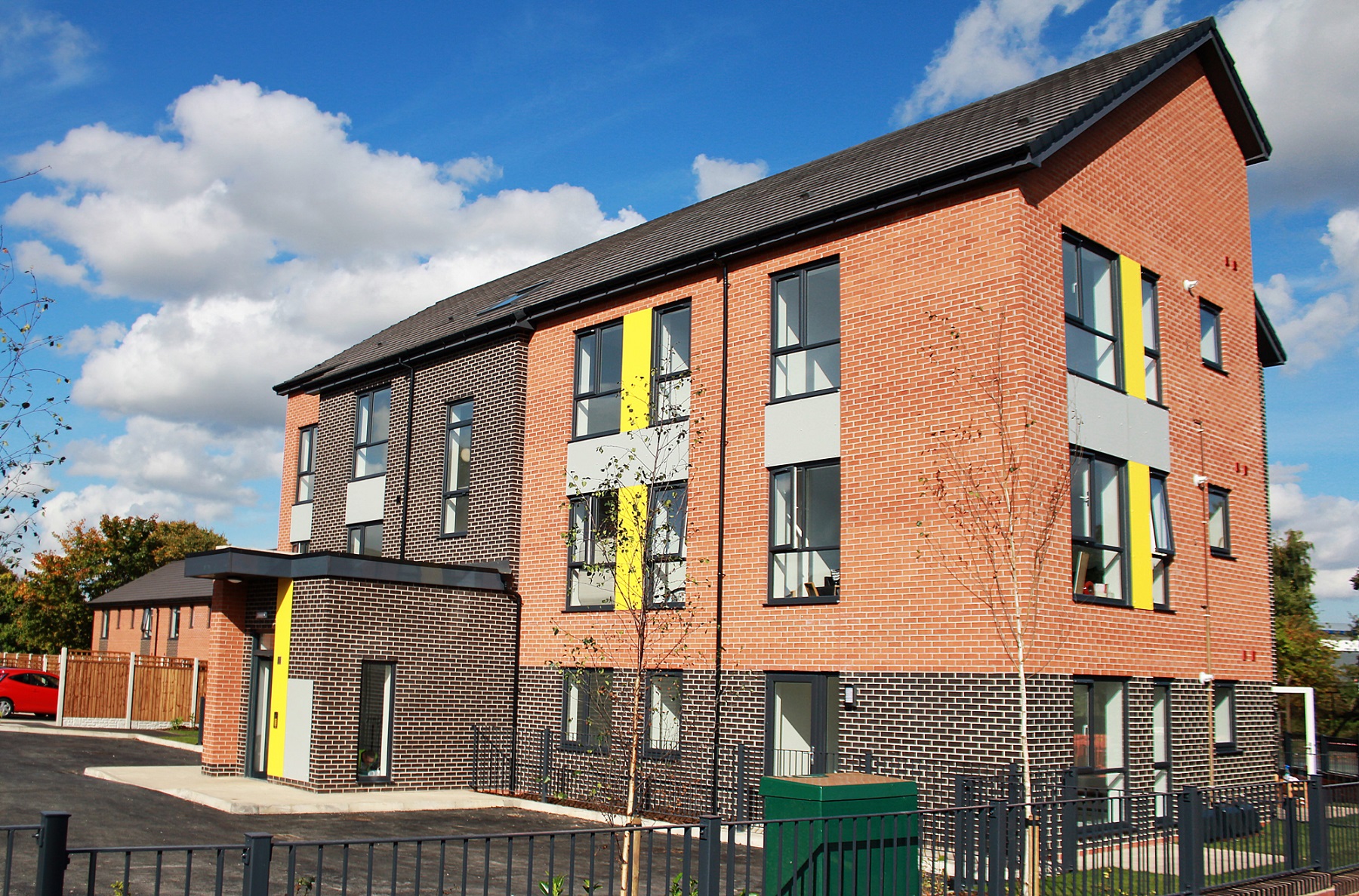
Partnerships between local authorities and housing associations were a key theme at the NHF National Development Conference 2017. A panel discussion regarding the development ambitions of these partnerships was held between Chris Bowen from Liverpool Mutual Homes, Manjeet Gill from Solace and Colm Lacey from Brick by Brick. LABM’s Sophie Taylor finds out more from the panel.
Chairing the discussion, NHF Chief Executive David Orr claimed that partnerships between local authorities and housing associations are key to the success of the housebuilding industry. David argued that it was essential to “develop the right kind of strategic and other relationships, and consider how you use these to make the best use of the assets and resources that both partners bring to the table”.
Putting partnerships into practice in Liverpool
Liverpool Mutual Homes have engaged in a strategic partnership with Liverpool City Council and Redrow, with Willmott Dixon as a building contractor. Aiming to build 1,500 new homes by 2020, the partnership is centered around a common ethos of delivery.
How the model works:
- Local authority land is offered by Liverpool City Council.
- Redrow pay market value for the sites, which goes into the council in a ring-fenced programme account for the housing partnership.
- LMH delivers affordable housing which they subsidise themselves, or is subsidised by the council where necessary.

The council allocates land to offer to the partnership, giving LMH the opportunity for exclusivity. LMH and Redrow then work together on the best solution to bring the sites forward. They have done a lot of work at the market assessment level to ensure that they are delivering outputs that are appropriate to the sites as well as the city’s housing market. Redrow and LMH take the leading role on programme management, the allocation of sites, and working out how cross-subsidy will work. Liverpool City Council put land into the partnership and put subsidy through. The collaboration agreement between Redrow and LMH offers a partnership to the local authority that provides a full range of strategic advice.
Since the contracts were signed in February 2015, 250 units have been delivered. Redrow have generated a land value of over £4m, and the council has agreed to ring-fence over £3m of that money towards the housing partnership’s schemes. At the moment, there are 150 units being developed in the city centre for Rent to Buy and shared ownership. Total investment to date has reached £75m.
Chris Bowen advises that these types of partnerships work best when they involve organisations with similar goals, which are committed to being flexible and pragmatic. Chris commented that in the LMH partnership, all parties are dedicated to “improving housing choice, growth in population in the area, and more regeneration.” He continued: “We are coming from a common standpoint: that we want to make a difference.”
Prosperity and housing
Understanding the different roles of local authorities and housing associations, and the potential that partnerships between them can offer is a key issue for Solace, The Society of Local Authority Chief Executives. As part of their ‘prosperity’ agenda, housing has become a core strategic area.
Manjeet Gill believes that there are many reasons why housing associations and local authorities should work together. They both have a social role: an advocacy role in influencing the Government’s policy direction, and social objectives regarding regeneration and communities.
Local authorities also have an understanding of the planning regime, different types of capabilities, can borrow at cheaper rates, and hold a lot of land. With access to pension funds, public borrowing and the ability to raise bonds, local authorities are able to provide different types of financing. They are also ultimately responsible for overall community wellbeing and the housing strategy of their local area.
“We are coming from a common standpoint: that we want to make a difference.”
In places such as Croydon, Sheffield, Liverpool, and Lincolnshire, local authorities have started to work with housing associations, but performance is mixed. Local authorities have also started to develop housing themselves and establishing companies to do so. However, where these companies exist, there is a need for good strategic partnerships to deliver a large quantity of housing.
Manjeet Gill suggests that housing associations should talk to Solace for advice — large housing associations may not have the time to contact different local authorities, while smaller housing associations can look to Solace for help with capacity building and support within the partnerships, particularly within niche areas such as extra-care.
Brick by Brick
Recent studies have suggested that around 75% of local authorities are either thinking about or have already set up a housing company of some kind. One of these is Brick by Brick, established by Croydon Council.

Croydon is faced with a huge housing need, a growing population (around 20% since the early 80s), a particularly young population, and a changing type of population — with a growth in non-traditional households that change tenure fairly regularly. The borough currently has an oversupply of larger units, and a significant undersupply of smaller units. Furthermore, around 80% of residents cannot afford to buy the lowest value units, and 50% cannot afford to rent the lowest value units.
To address the deepening housing need whilst capturing the advantages of growth in property value, Croydon Council formed Brick by Brick — an independent private company with the council as its sole shareholder. The company purchases land at market rates, borrows at market rates, and purchases legal/financial services from the council — creating an additional income stream for Croydon Council. The company’s main purpose is to engage in development activities, and where a profit is made, this returns to the council, creating a sealed commercial model.
Brick by Brick aims to deliver 50% affordable housing, with a local sales policy to give local residents priority for affordable homes for a discrete period of time. There is a focus and commitment on design and delivery impact, in order to change perceptions of the local area. Most of the sites are suburban infill, and use tenure-blind design.
In the last six months, 30 sites have been given consent, delivering around 1,000 units — 45% of which are affordable (of which 50% will be for affordable rent and 50% for shared ownership). There are another 15 sites in pre-application, delivering around 800 units of which over 50% will be affordable.
Do these partnerships address the housing crisis?
It is clear that different types of partnerships and approaches are more appropriate for different areas. However, David Orr concluded that strategic partnerships will be an important mechanism for truly increasing housing supply, “bringing together the skills, knowledge, resources and expertise that each respectively has, to create something that is greater than the sum of its parts”. Despite many barriers that remain, for the first time in a long time, the political environment is supportive of the housing sector’s objectives, and the National Housing Federation is optimistic about the future.
Pictured above is the recently completed affordable rent scheme in Fazakerley, Liverpool, delivered by LMH under the umbrella of the Liverpool Housing Partnership.








